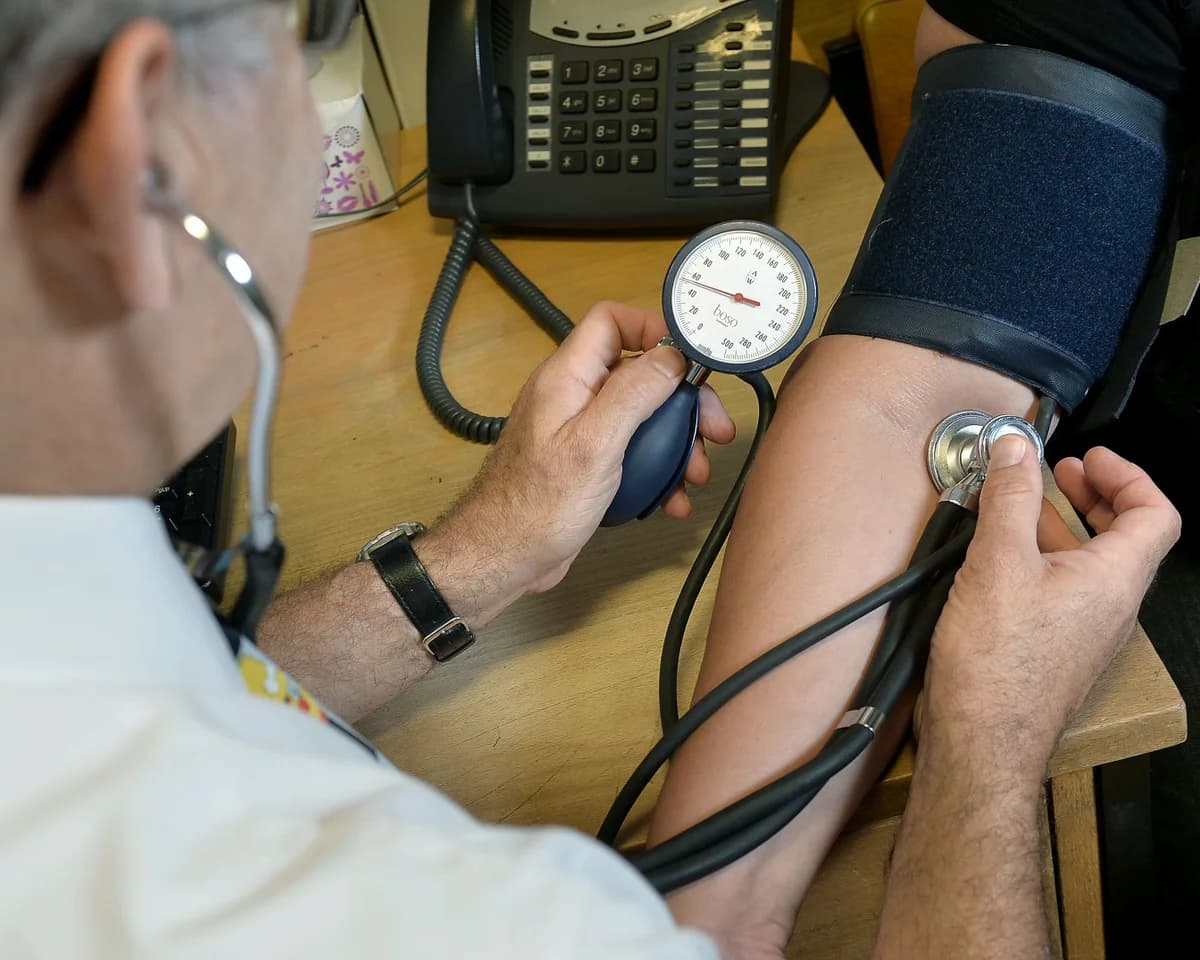Loading News Article...
We're loading the full news article for you. This includes the article content, images, author information, and related articles.
We're loading the full news article for you. This includes the article content, images, author information, and related articles.
Thousands of vulnerable Victorians, including those experiencing homelessness, trauma, and family violence, face losing critical general practitioner services with the impending closure of three cohealth clinics in Melbourne.

Thousands of vulnerable individuals in Melbourne, Australia, are set to lose access to essential general practitioner (GP) services following the announcement that three cohealth clinics will cease operations. The closures, affecting sites in Collingwood, Fitzroy, and Kensington, are scheduled for December, impacting over 12,000 patients who often have complex health and social needs, including experiences with homelessness, trauma, and family violence.
Cohealth, a not-for-profit community health organisation, provides integrated health and social support services across Melbourne, many at no cost. The organisation's CEO, Nicole Bartholomeusz, described the decision as "extraordinarily difficult, but unavoidable." While GP services will end in December, other allied health services at the Collingwood site will also close in mid-2026, with some relocating to the Fitzroy site.
While this development unfolds in Australia, it underscores a persistent challenge globally, including in Kenya: ensuring equitable healthcare access for vulnerable populations. In Kenya, access to quality universal healthcare is a fundamental human right, yet significant disparities remain, particularly in rural areas and informal settlements. The Kenyan government has committed to achieving Universal Health Coverage (UHC), with ongoing efforts to increase funding for the health sector and reform institutions like the National Hospital Insurance Fund (NHIF) to align with the UHC agenda.
Despite these commitments, vulnerable groups in Kenya, including women, children, people with disabilities, the chronically ill, and those living in poverty, frequently face barriers to accessing essential health services. These challenges are exacerbated by factors such as poor infrastructure, uneven distribution of healthcare investments, and a severe shortage of healthcare professionals. For instance, Kenya's doctor-to-patient ratio of 1:5,725 far exceeds the World Health Organisation's recommended 1:1,000.
The Kenya Health Policy 2012-2030 aims to adopt a human-rights-based approach to healthcare delivery, striving for non-discrimination, physical accessibility, economic accessibility (affordability), and information accessibility. However, critics argue that while the policy identifies vulnerable groups, it often fails to provide explicit provisions addressing their specific health needs and barriers to care.
Recent government initiatives, such as President William Ruto's pledge in September 2025 to provide free Social Health Authority (SHA) services for 2.2 million vulnerable Kenyans, demonstrate an effort to bridge these gaps. This program aims to support 558,000 vulnerable households who cannot afford healthcare contributions, with outpatient services at dispensaries, health centres, and sub-county hospitals now free for all citizens.
Organisations like the Co-operative Bank Foundation are actively working to improve healthcare access for poor and vulnerable Kenyans by collaborating on initiatives such as the Beyond Zero campaign, which provides mobile clinics for maternal services in remote areas. However, concerns remain regarding the adequacy of funding for such programs. For example, the number of indigents covered under the new SHA sponsorship program (2.2 million) is less than the approximately four million needy people previously served by the defunct NHIF.
A 2024 Ministry of Health census in Kenya revealed that 93% of health facilities cannot provide basic outpatient services, and 84% of 5,000 surveyed facilities lacked essential maternity care services. These statistics highlight the urgent need for sustained investment and targeted interventions to ensure that policy commitments translate into tangible improvements in healthcare access for all Kenyans.
The closure of GP clinics, whether in Melbourne or the potential weakening of primary healthcare services in Kenya, carries significant risks. For vulnerable populations, losing established healthcare providers can lead to delayed diagnoses, poorer health outcomes, and increased reliance on emergency services, which are often more costly and less effective for chronic conditions. In Kenya, the ongoing reforms under the 2024 UHC scheme have, in some instances, disrupted services, making it harder for high-demand vulnerable populations to access critical care, particularly as they rely on free or subsidised healthcare.
In Kenya, the effectiveness and sustainability of the new Social Health Authority (SHA) sponsorship program will be crucial to monitor. Stakeholders will be watching to see if the government can mobilise sufficient resources to cover all vulnerable populations and if the decentralisation of health services truly improves access at the county level. The ongoing efforts by civil society organisations to advocate for greater transparency and accountability in the health sector will also be vital in ensuring that the right to health is upheld for all Kenyans.
Keep the conversation in one place—threads here stay linked to the story and in the forums.
Other hot threads
E-sports and Gaming Community in Kenya
Active 6 months ago
Popular Recreational Activities Across Counties
Active 6 months ago
The Role of Technology in Modern Agriculture (AgriTech)
Active 6 months ago
Investing in Youth Sports Development Programs
Active 6 months ago